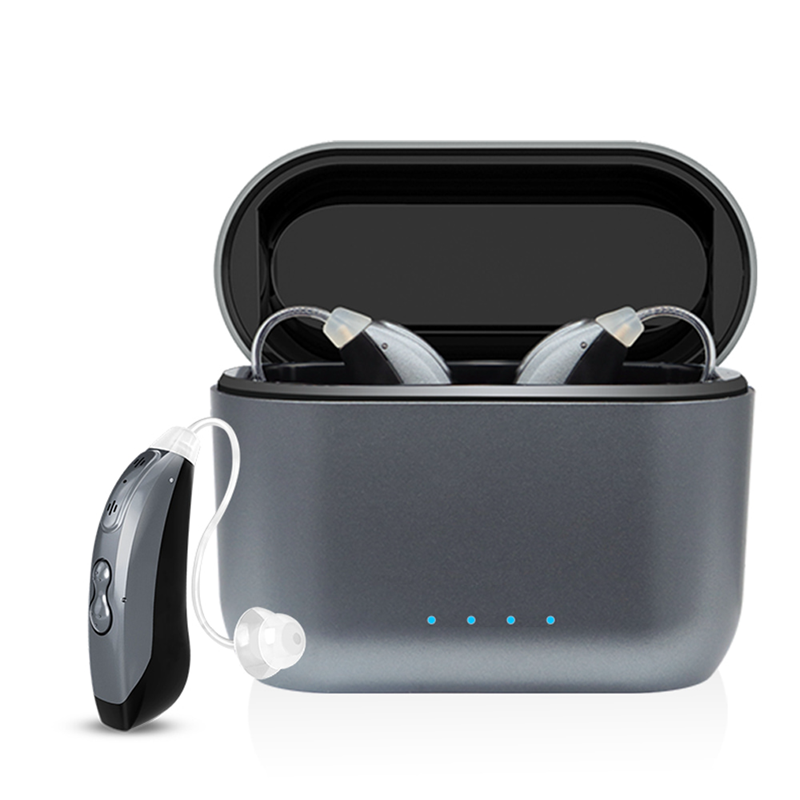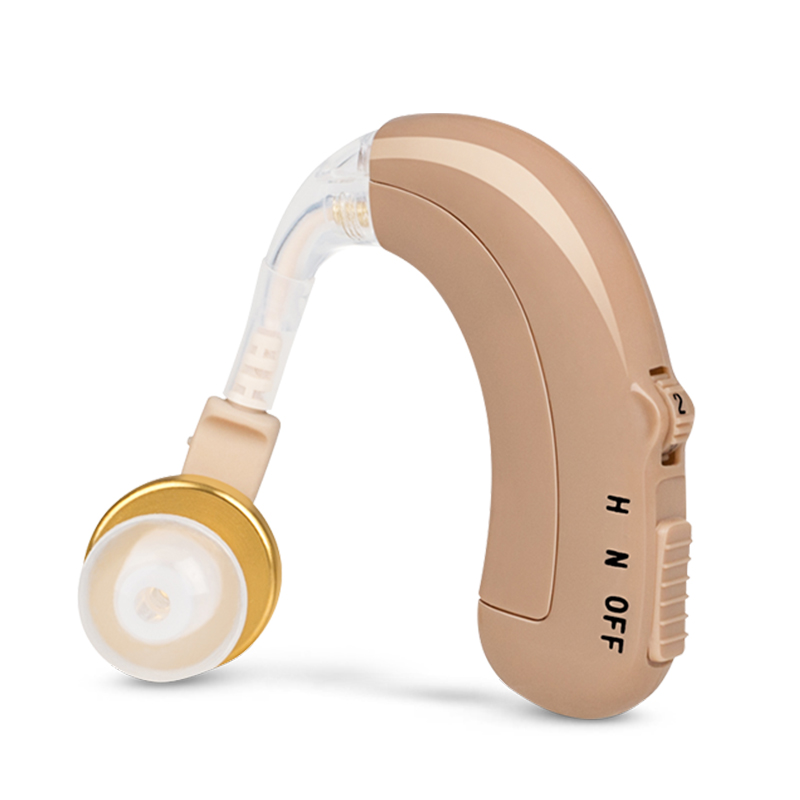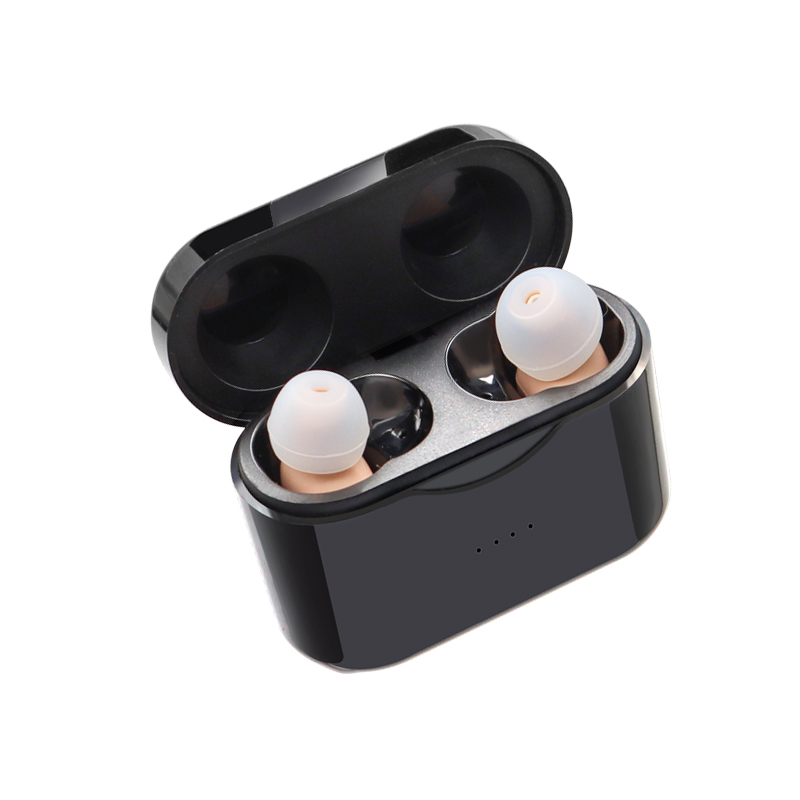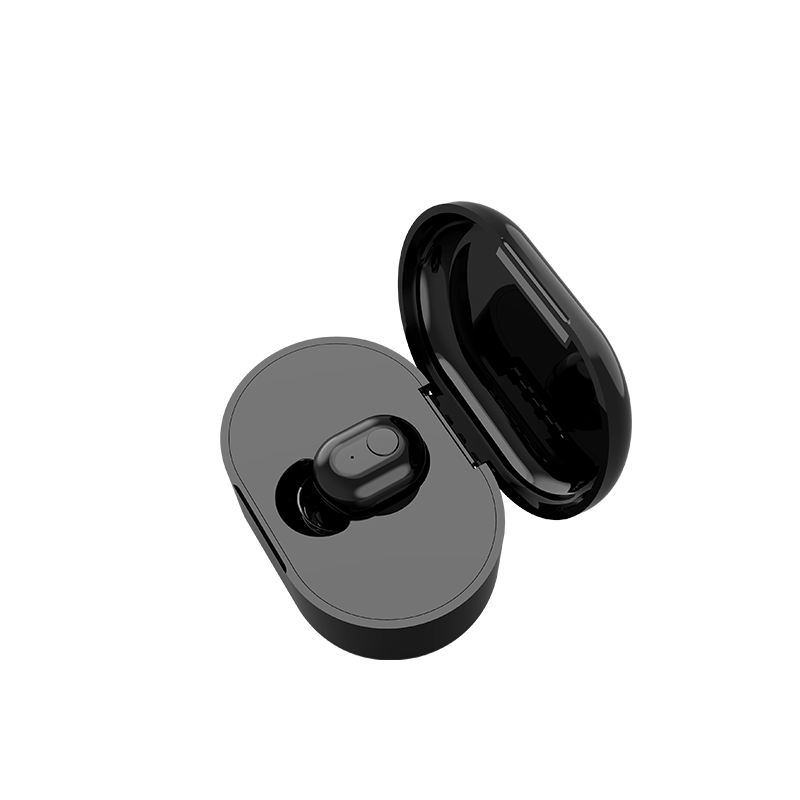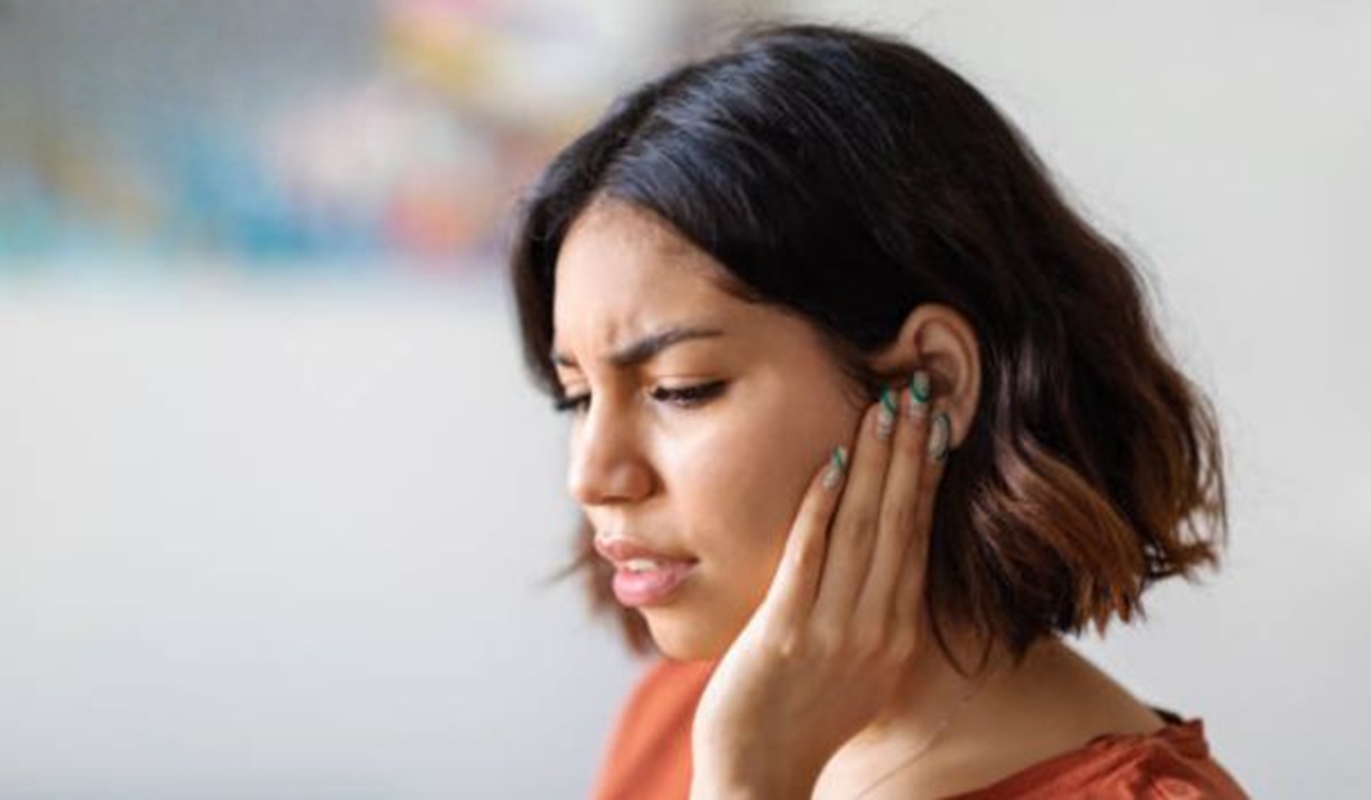Cookie-bite hearing loss is another name for mid-range hearing loss, which means a person struggles to hear in the "middle" frequencies of sound.
Most speech and music are in this range, so cookie-bite hearing loss can affect the ability to communicate and enjoy music.
This type of hearing loss is far less common than other types of hearing loss, such as age-related hearing loss.
Symptoms of cookie-bite hearing loss
You may find yourself raising the volume on the TV or radio, experiencing reduced clarity of speech, or having difficulty hearing in a crowd, explains Dr. Jordan Glicksman, an otolaryngologist and surgeon at Harvard Medical School.
As with many forms of hearing loss, it may be the people around you—your friends and family—who first suspect you’re having difficulty hearing.
Mid-range hearing loss on an audiogram
If you have mid-range hearing loss, your audiogram will be shaped like a bell, or the letter U.
“It got that name because when a patient with this pattern of hearing loss has an audiogram and the hearing thresholds are graphed, the pattern is a ‘U’ that looks as if someone took a bite out of it,” Glicksman says.

How cookie-bite hearing loss affects what you hear
Human ears can normally hear a wide range of pitches, from low to mid to high. But if you have cookie-bite hearing loss, your ability to hear mid-range hearing frequencies will be affected. A lot of human speech and music is in the mid-range, between 500 Hz and 2,000 Hz.
Your high-frequency hearing may be normal or close to normal, so you’ll still be able to hear high-frequencies noises (i.e., higher pitch sounds like women and children’s voices and bird chirping). You’ll also still be able to hear low-frequency sounds (low-pitched sounds such as thunder or a man’s voice).
Causes of cookie-bite hearing loss
Cookie-bite hearing loss is a type of sensorineural hearing loss. This means the damage is from impairment in the sensory and nerve cells of the inner ear and auditory nerve.
Typically, cookie-bite hearing loss is a genetic condition, Dr. Glicksman says. “A family history is a risk factor,” he says. Cookie-bite hearing loss can be congenital (aka, something you’re born with) or develop over time due to genetics, he says.
There are some less common reasons cookie-bite hearing loss is developed beyond genetics. For instance, a rare benign tumor, known as vestibular schwannoma or acoustic neuroma, can lead to this mid-frequency hearing loss, Dr. Glicksman says.
How mid-range hearing loss is diagnosed
The diagnosis process for this form of hearing loss is simple: An audiogram will reveal the distinctive pattern that points to cookie-bite hearing loss.
Some cases are missed because the hearing loss may be mild
In fact, the biggest challenge for diagnosis may be requesting the test. “It’s commonly a mild form of hearing loss,” Dr. Glicksman says. People may be slow to realize that their hearing has worsened.
It can also develop slowly
Plus, he notes, this mid-range frequency loss can occur over a long period of time, as opposed to a sudden hearing loss, which might be more noticeable.
Treatment options
No cure exists for cookie-bite hearing loss. There’s no surgery or medication that will restore a person’s hearing abilities.
However, there are treatment options available to help manage the condition. Per Dr. Glicksman, these include:
- Making adaptations: Simple changes, such as changing where you sit in restaurants and other social gatherings, as well as in classrooms, can be helpful, says Dr. Glicksman. Aim to move close to the person speaking, or make sure you can easily see their lips. If a person is speaking into a microphone, moving closer to the amplification device can be helpful, he notes.
- Hearing aids: Wearing hearing aids can help amplify the mid-frequency sounds.
Treatment options depend on how severe the hearing loss is, and how eager someone is to rehabilitate their hearing, Dr. Glicksman says.
More: How to make it easier to hear at home with better acoustics
If you or a loved one suspect you have cookie-bite hearing loss, don't hesitate to visit a hearing aid center near you.
The above is the interpretation of Cookie-Bite Hearing Loss: A Guide to Mid-Range Loss provided by Chinese hearing aid supplier Shenrui Medical. Link https://www.srmcm.com/Blog/Cookie-Bite_Hearing_Loss_A_Guide_to_Mid-Range_Loss.html of this article is welcome to share and forward. For more hearing aid related information, please visit Blog or take a look at our Hearing aids products


